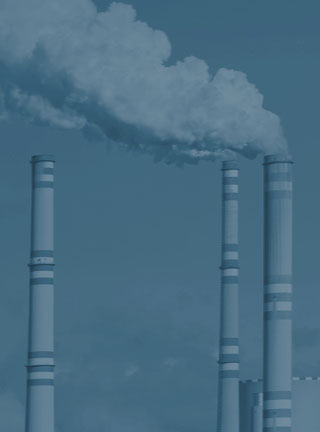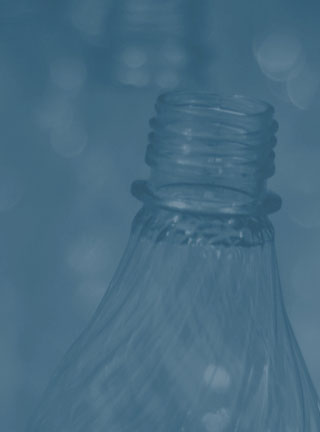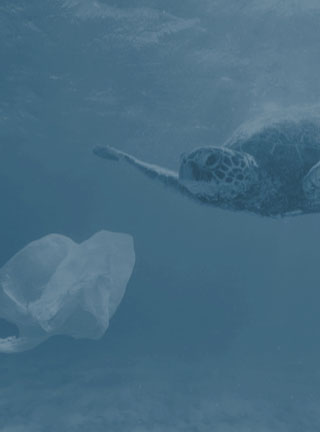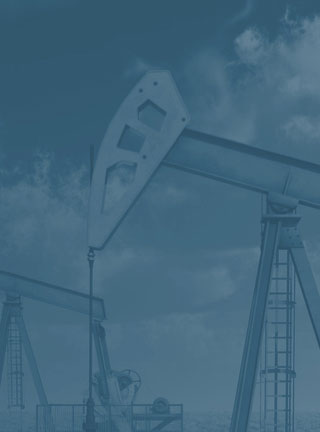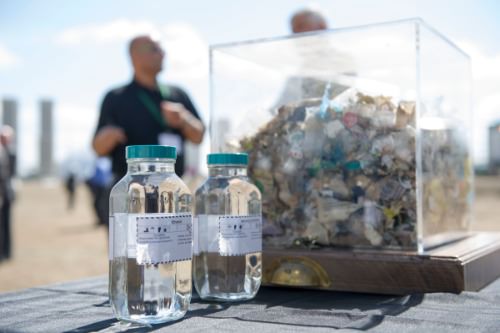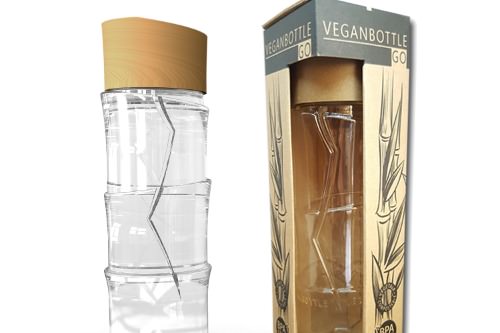Solutions to plastic pollution
How to reduce plastic waste?
Plastic pollution is a major threat to our planet and oceans. Find out its causes and effects, innovative solutions and how you can contribute to stop it.
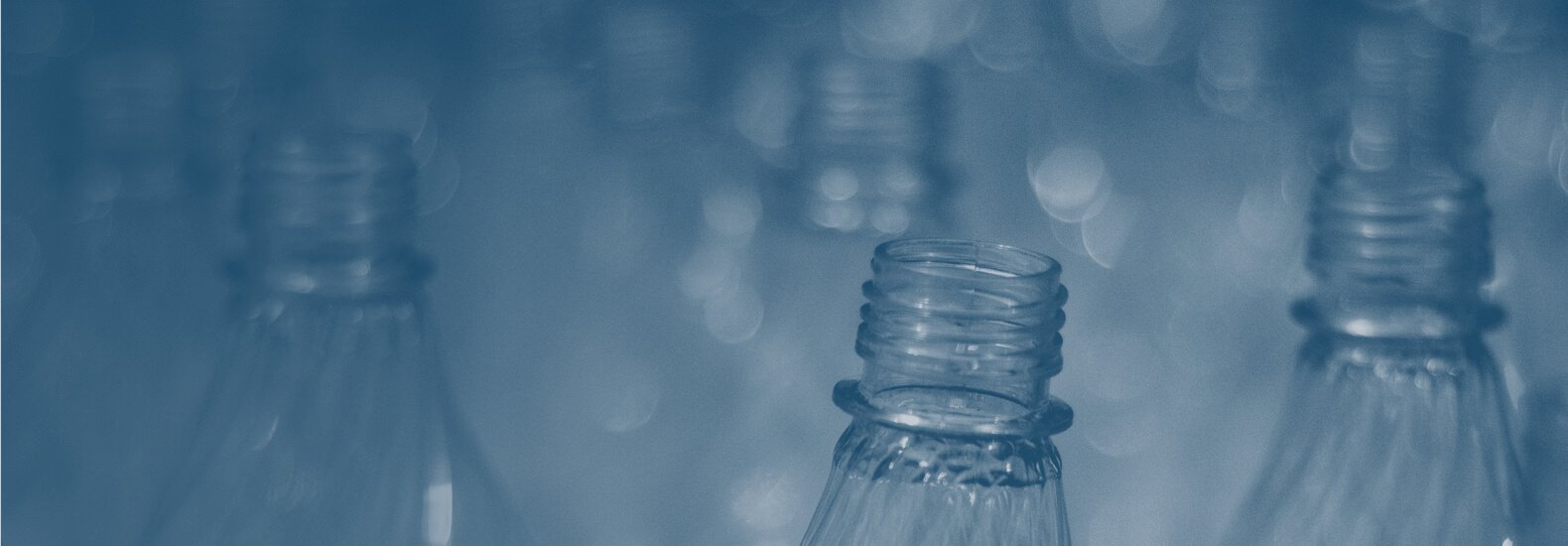
The mass of plastic detritus present in the oceans is so enormous that it is called the “7th continent”. At this rate, there will be more plastic than fish in the oceans by 2050.
What causes plastic pollution? And most importantly, what are the possible solutions to reduce and prevent it?
01. Solutions
Plastic pollution solutions
The Solar Impulse Label is granted to innovative solutions to plastic pollution that meet high standards of sustainability and profitability.
Each solution goes through a strict assessment process performed by independent experts.
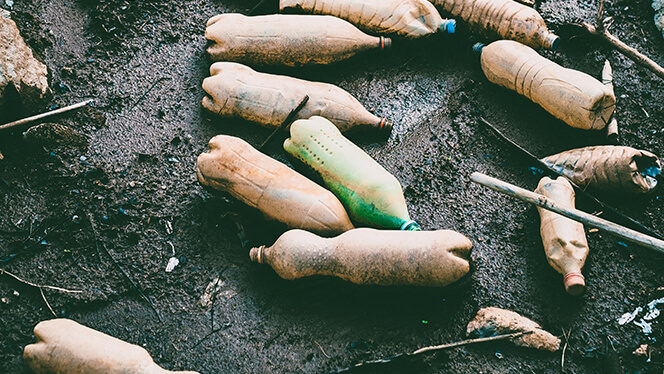
02. Definition
What is plastic pollution?
Plastic pollution is caused by the accumulation of plastic waste in the environment. It can be categorized in primary plastics, such as cigarette butts and bottle caps, or secondary plastics, resulting from the degradation of the primary ones. It can also be defined by its size, from microplastics - small particles (<5 mm) of plastic dispersed in the environment - to macroplastics.
Plastic pollution can take different forms including:
- — The accumulation of waste
- — The accumulation of marine litter, fragments or microparticles of plastics and non-biodegradable fishing nets, which continue to trap wildlife and waste
- — Waste causing the death of animals by ingestion of plastic objects
- — The arrival of microplastics and microbeads of plastics from cosmetic and body care products

03. Causes
Plastic pollution causes
Since its commercial development in the 1950s, plastic has been a real success. Its global production is growing exponentially. Its success comes from its remarkable qualities: ease of shaping, low cost, mechanical resistance, etc. Being the ideal material for packaging, plastic is basically everywhere.
But what are the causes of plastic pollution ?
Negligence is the main cause. In fact, it is estimated that 80% of marine litter comes from land. This pollution comes mainly from household waste, which is poorly recycled, dumped in landfills or abandoned in nature. This waste is carried by the winds, pushed by the rains into sewers, streams, rivers, and finally in the oceans. Natural disasters such as floods must be considered as other causes of plastic pollution as well.
04. Effects
Plastic pollution effects
This pollution can have harmful effects on the land and rivers by affecting wildlife and habitat, but also on human health.
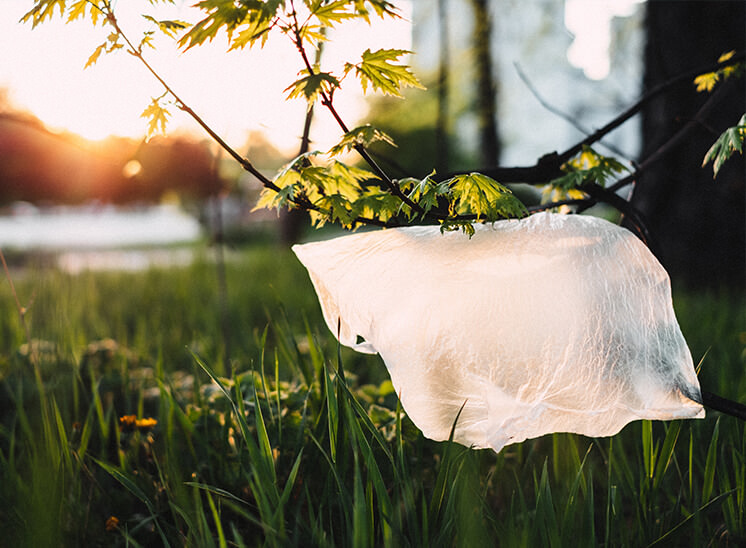
On the environment
This plastic debris represents a chemical pollution in several ways. They contain compounds that can be chemically transferred to organisms during ingestion. Some of these molecules are potentially toxic and can accumulate in the body. Besides, plastic bags also affect the growth of crops, by hindering the process of photosynthesis in agricultural fields.
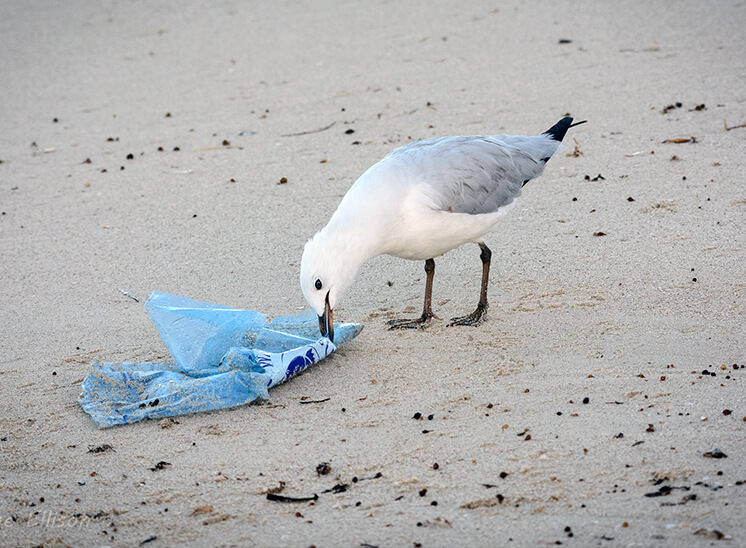
On animals
The most direct effect of plastic pollution is the imprisonment of animals in nets or large debris. It is a cause of significant mortality of marine mammals, turtles and birds. A second direct effect is ingestion, that concerns the entire food chain of the marine ecosystem.
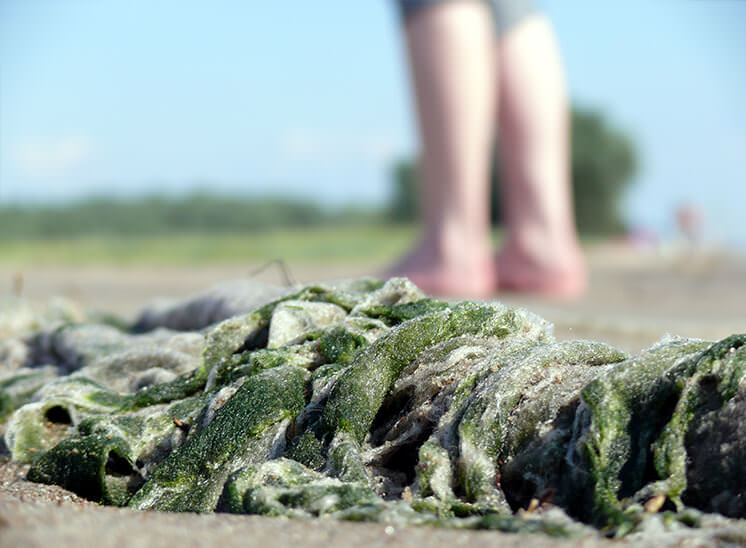
On humans
Because of the chemical additives used during plastic production, plastics have potentially harmful effects on human health. Indeed, exposure to toxic chemicals coming out of plastic can cause cancers, birth defects, impaired immunity and other health problems.

05. Prevention
Plastic pollution prevention
How to solve plastic pollution?
Aside from cleaning up our oceans, which is a very significant first step but not a long-term solution, the best way to address plastic pollution is to change our mindsets and habits with this controversial but nonetheless very useful material:

1. Reduce
To efficiently reduce plastic pollution, there is an evident need of reducing our usage of plastic. It means changing our everyday behaviors an not using plastic when there is a better alternative to it and only using plastic when strictly necessary.

2. Reuse
Plastic may cause pollution when poorly managed but it has lots of advantages too, such as being resistant. Many plastic items can therefore be reused or used for different purposes. Before throwing plastic items, it is important to consider how they can be reused.

3. Recycle
Plastic recycling consists of collecting plastic waste and reprocessing it into new products, to reduce the amount of plastic in the waste stream.

4. Educate
Another crucial solution is education in order to increase awareness and behavioral change.
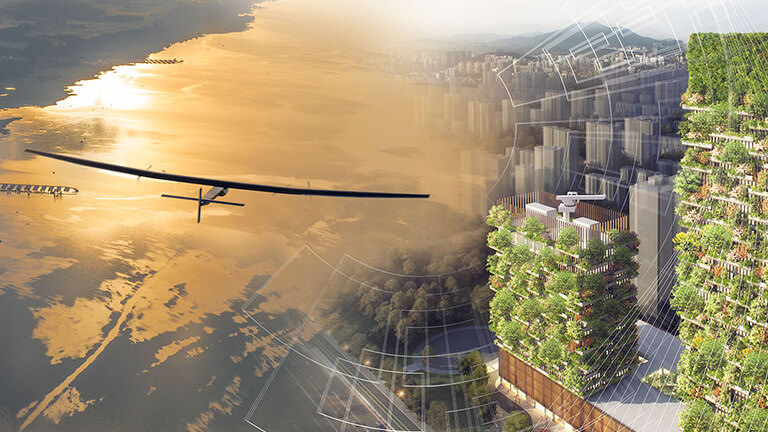
A challenge, #1000 Solutionsto change the world

A label focused on both the environment and profitability.
For the first time a label proves the economic profitability of solutions that protect the environment. The Solar Impulse Foundation is selecting 1,000 solutions that protect the environment in a profitable way and awarding them the Solar Impulse Efficient Solutions Label.
Collaborating with independent experts and with renowned institutions, the World Alliance proposes to evaluate its members solutions free of charge. The Solar Impulse Efficient Solutions label will offer a competitive edge to innovators and a guarantee of quality to solution seekers.

A label focused on both the environment and profitability.



